
Previously, the Go Lao Voi area in subdivision A1 (Tram Chim National Park) had a natural sandalwood field, which was a feeding ground for red-crowned cranes. However, due to many reasons, the sandalwood field area gradually narrowed. With the synchronous implementation of many solutions, the sandalwood field is now gradually recovering and developing well.
Tram Chim National Park has actively burned grass to remove the ground cover and plowed the soil to create favorable conditions for the growth of metal and at the same time control the pH of the soil. However, the key factor is the reasonable regulation of water levels according to each season to help the ecosystem of animals and plants here gradually recover and develop.
The wetland ecosystem in Tram Chim National Park has gradually been revived. Many rare bird species, populations of Indian orchids, wild rice, and aquatic species typical of the Dong Thap Muoi region have appeared in Tram Chim. Notably, in 2024, Tram Chim National Park welcomed the reappearance of some red-headed cranes in subdivision A5. The project to conserve and develop red-headed cranes is not only to conserve rare animals, listed in the World Red Book, but also to participate in biodiversity conservation, protecting the original ecosystem of the ancient Dong Thap Muoi wetland. The success of the project is both significant in terms of environment and biodiversity, and contributes to building the image of Dong Thap as a unique eco-tourism destination, bringing economic benefits and pride to local people.
Source: https://quangngaitv.vn/hoi-sinh-he-sinh-thai-vuon-quoc-gia-tram-chim-6508285.html



![[Photo] Prime Minister Pham Minh Chinh attends the World Congress of the International Federation of Freight Forwarders and Transport Associations - FIATA](https://vphoto.vietnam.vn/thumb/1200x675/vietnam/resource/IMAGE/2025/10/08/1759936077106_dsc-0434-jpg.webp)


![[Photo] Prime Minister Pham Minh Chinh inspects and directs the work of overcoming the consequences of floods after the storm in Thai Nguyen](https://vphoto.vietnam.vn/thumb/1200x675/vietnam/resource/IMAGE/2025/10/08/1759930075451_dsc-9441-jpg.webp)
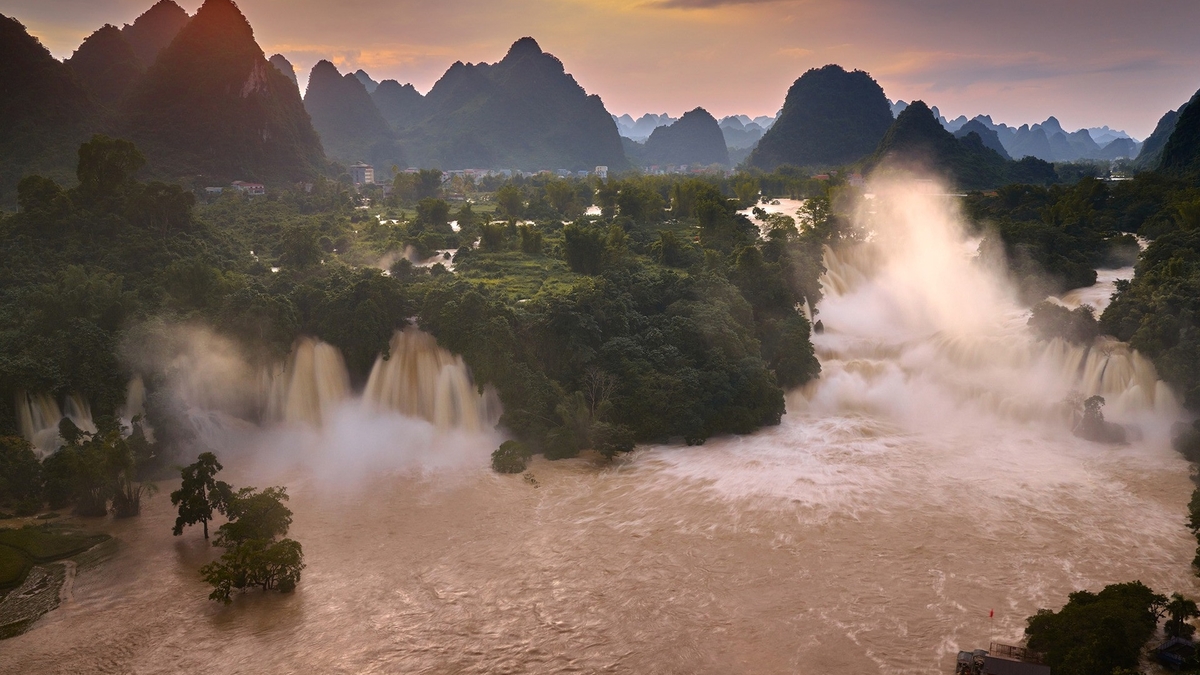






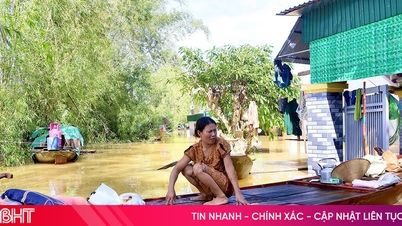
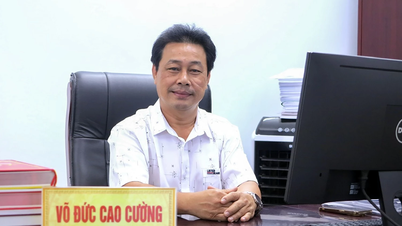

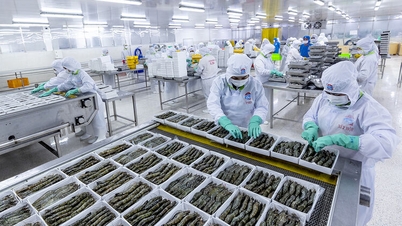







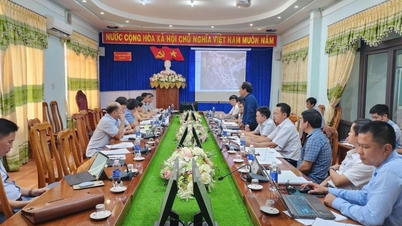










































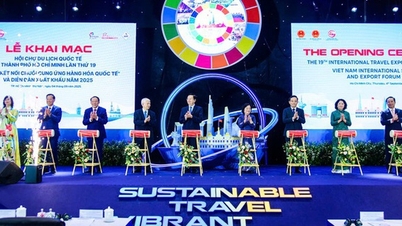






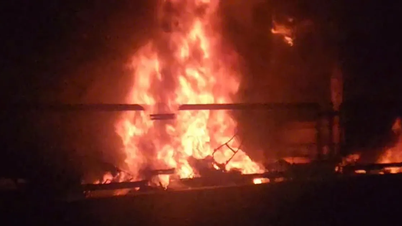





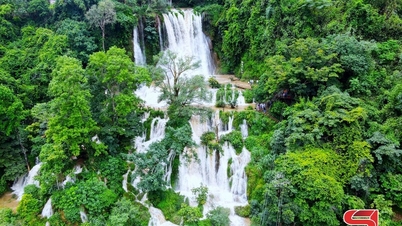















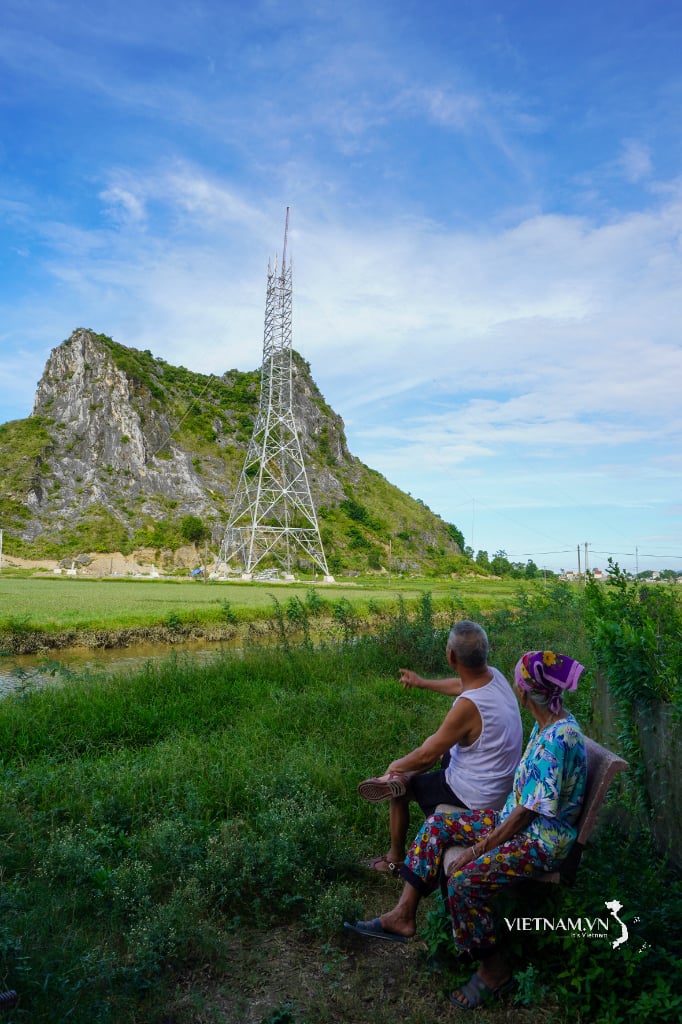
Comment (0)